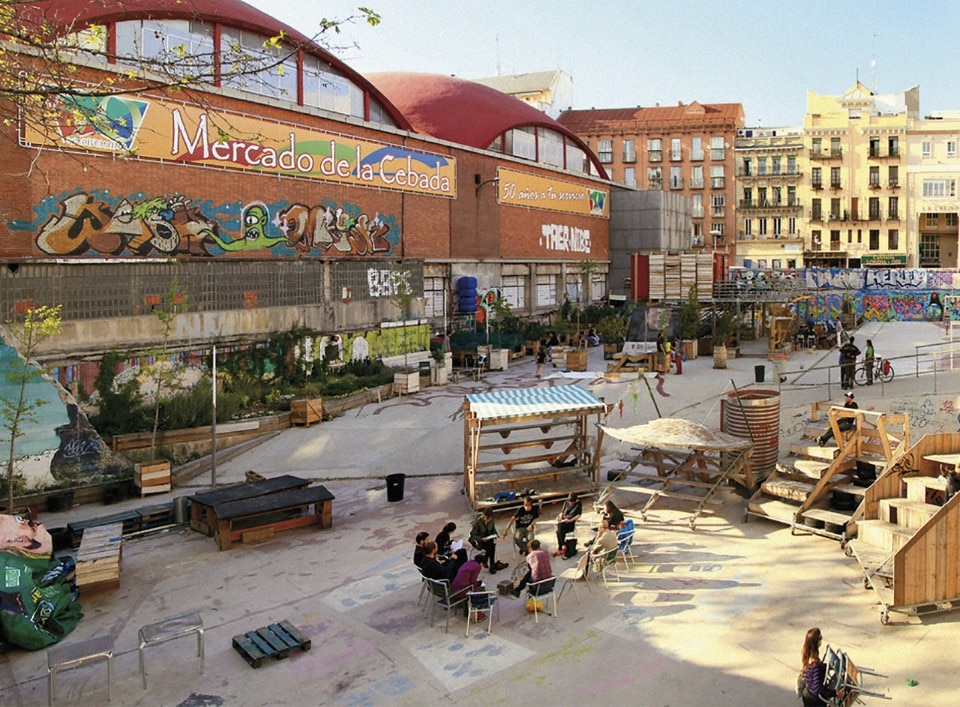Winy Maas: Madrid is the centre of a metropolitan region with over 6 million inhabitants. At Domus we are interested in your agenda for such a big city. You are already doing beautiful things about greenification, you are removing private traffic in the centre and regulating mass tourism... What are your other dreams for Madrid?
Manuela Carmena: To make Madrid unique.
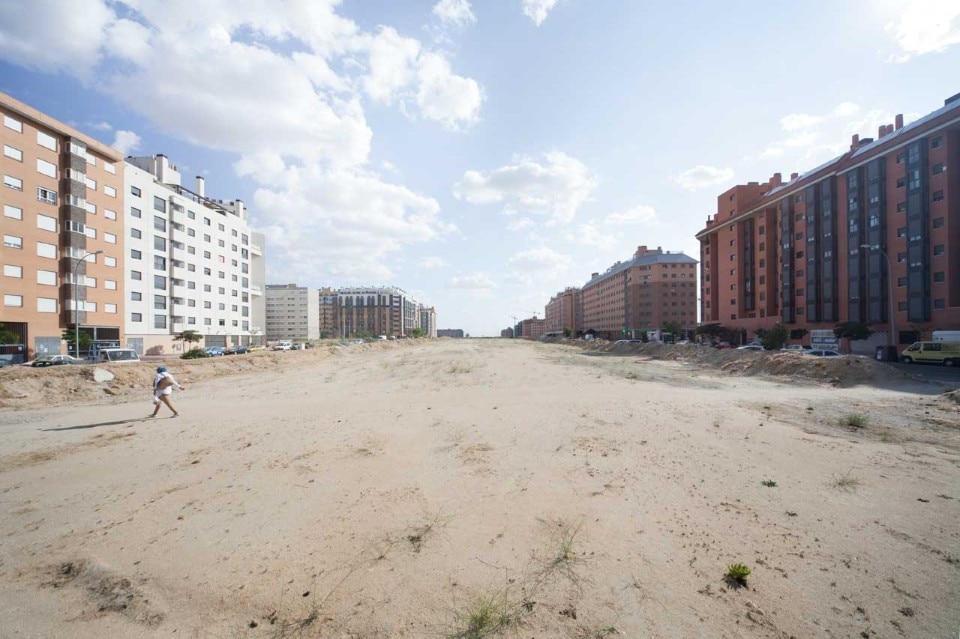
In what way?
We want to make our city a welcoming place. Madrid is a warm, fraternal, open and tolerant city. We’re also working to ensure that Madrid is a polycentric city with cultural, tourist and commercial appeal in every district. We recently restored the monument El abrazo (“The embrace”). It’s a sculpture commemorating the four labour lawyers and the trade unionist murdered in the 1977 Massacre of Atocha, in the transition from the Franco dictatorship to parliamentary democracy. It was a very dramatic event in my life. People I called my brothers were killed. This monument is closely linked to Madrid’s history. The transition in Spain was incredibly peaceful, and the embrace represents what was achieved by so many people to bring an end to the Franco dictatorship.
“El abrazo” also means that you welcome people, all the people moving to Madrid these days. Given that borders inside Europe are open and that more and more inmigrants are trying to enter the European Union, how do you think we should tackle this issue?
My aim is to make Madrid the city of tolerance, which is far from an artificial goal. Madrid has always been built by people coming from outside the city. In the colonial era, the capital of Spain attracted people from all over Latin America. In fact, it’s hard to find people from Madrid whose ancestors were born here. Madrid represents tolerance and warmth.
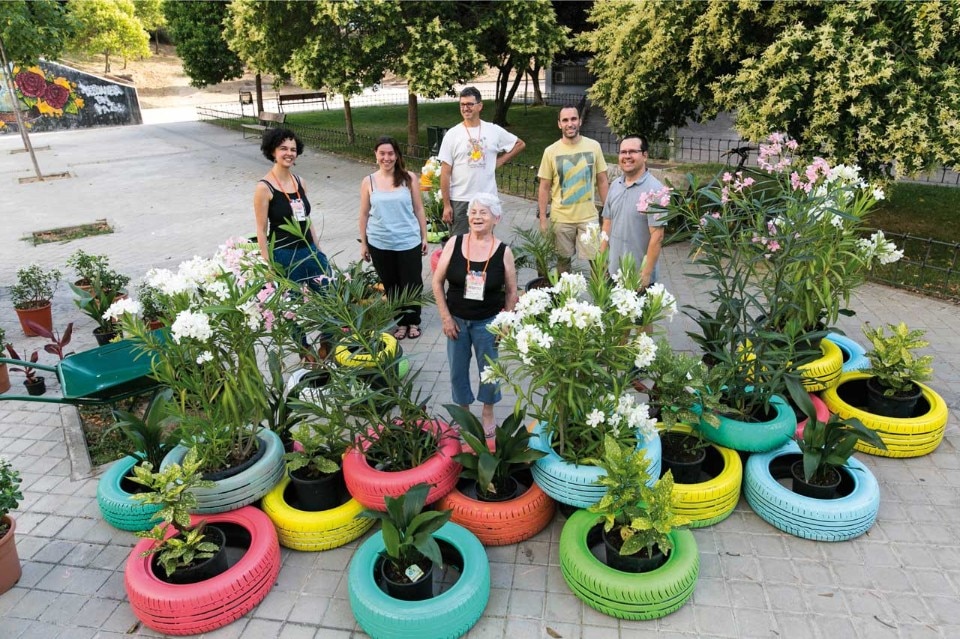
This abrazo ideology has an amazing potential for creativity, diversity, etc, but it is also necessary to think of the economies able to support the arrival of so many – I suppose young people.
Indeed, many of the people who left during the economic crisis are now returning. Young people, especially students, are choosing Madrid as a place to live. At the end of the day, Madrid is the capital of the Spanish language, resulting in a sizeable student population. And, more and more companies are being founded in Madrid.
My aim is to make Madrid the city of tolerance, which is far from an artificial goal. Madrid has always been built by people coming from outside the city.
In a short space of time, the capital of Spain is becoming one of the most popular tourist destinations in both Spain and Europe. How does Madrid City Council plan to accommodate this avalanche of visitors?
Madrid is aware that it must regulate tourism, as it could ruin the city. For that reason, we’ve taken two big decisions: preventing tourism from growing in the centre and enabling the creation of tourist attractions in the city’s 21 districts. For example, there are numerous abandoned palaces in the periphery which belong to the Madrid aristocracy and which we’re currently converting into artistic and educational centres for children and teenagers.
The initiative to make places for children, does it also impact tourism? Will tourists go there?
Of course. Though these sites provide educational and cultural activities for children, they are also very attractive historic buildings.
For the first issue of Domus 2019 we invited children from Milan to think about the future of the city. They came up with beautiful ideas, and I asked the mayor to implement them. It might be interesting that children in those centres you are creating not only follow educative programs, but that their ideas are realised too.
Of course, that would be fantastic. It’s very important to me that children’s needs are catered to. Every child born in Madrid receives their first book from us. Several times a year, we welcome groups of children to elect their representatives, they come to the City Council and they carry out their projects. What’s more, following requests from teenagers, we’ve created the Centros Enredados just for them.
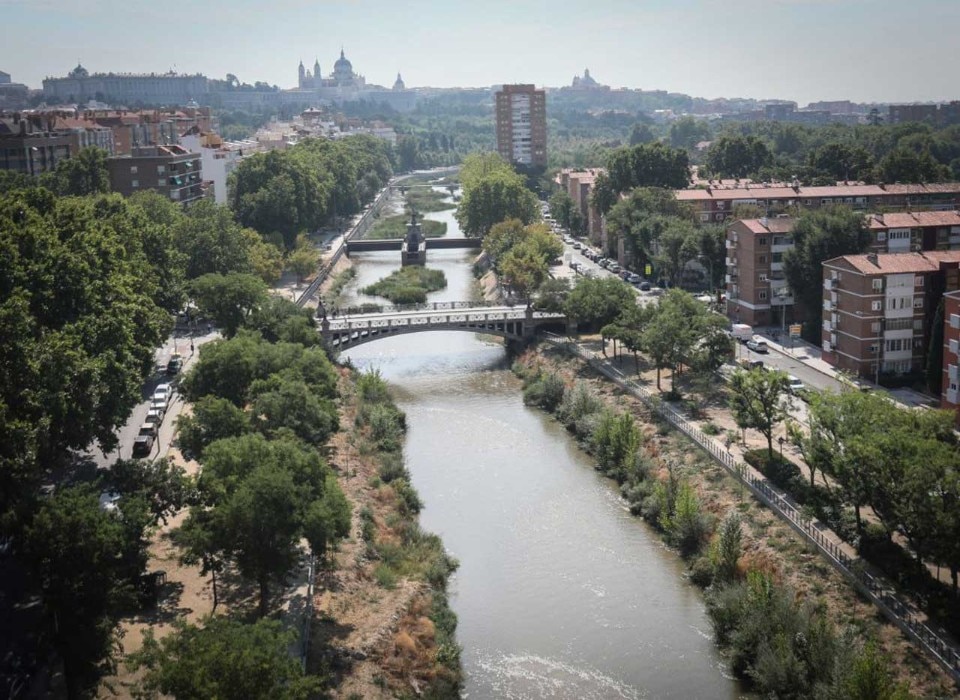
Trying to give youth an address or a voice is a beautiful programme.
Absolutely, on that score, we invite children to write to us. We received a lot of letters from them with their ideas for Madrid and I wrote back to their parents.
I would say that you master openness, that you are a maker. If I may suggest you something, I would go one step further and show the children’s ideas to the city and to the world. Back to the role of tourism, I agree with you in that it is an important source of income. It can represent up to 15% of a city’s GDP, but it is essential to diversify urban economies. What is your take on this?
The city plays a key role in new technologies. In this sense, we’ve created what we call the ‘municipal Google’ through collaboration between the public and private sectors. This has led to the creation of the complex ‘La Nave’, where more than 180 small technological companies now work.
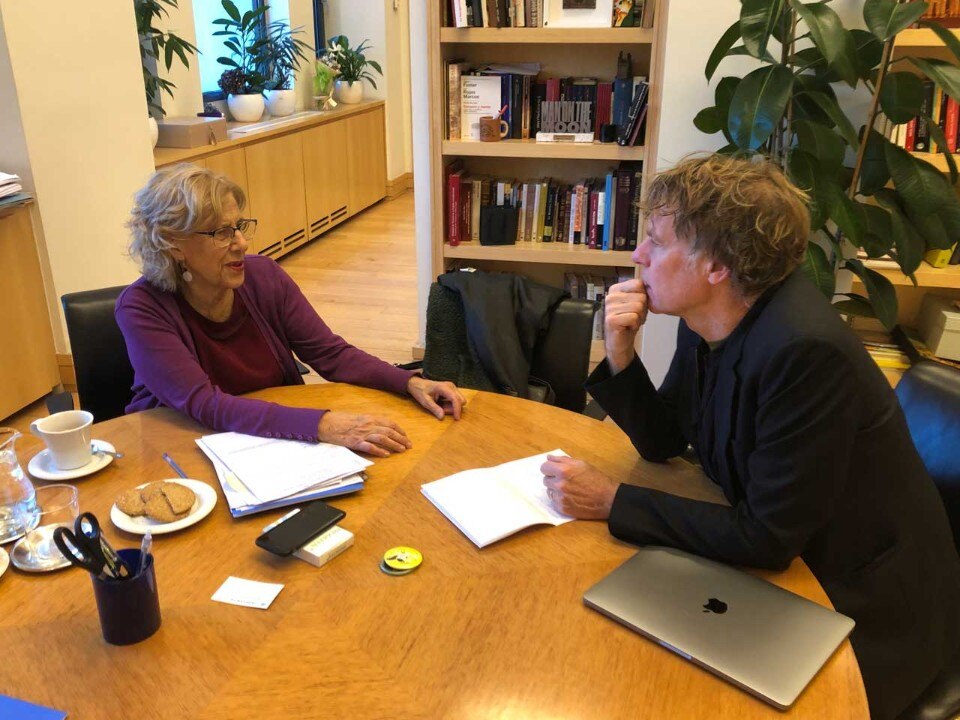
I think you need professionals to show the future you envisage for the city. Do you hire architects for this?
Of course. We work closely with the Official College of Architects of Madrid (COAM). For example, every time we restore a public building, we organise a competition via COAM. And, thanks to Cartas a la Alcaldesa [Letters to the Mayor], also organised by COAM, I have received dozens of letters from architects telling me about their ideas and concerns linked to construction in the city. I answered all of the letters individually, and I later met with all of the architects to decide what should be done for the city.
We’re going to take back the city for its citizens. We’re going to leave the car at home and reconsider how to build our city, how it should grow. The model of development represented by Sanchinarro will not be replicated.
I think there are many urban dreams waiting to be realised. Are you going to produce more fantasies for Madrid?
Yes. Madrid is an up-and-coming city, a welcoming city in terms of its ideology and an innovative city in terms of its urban planning. We’re going to take back the city for its citizens. We’re going to leave the car at home and reconsider how to build our city, how it should grow. The model of development represented by Sanchinarro will not be replicated. We don’t want that model of unlimited urban expansion. We’ve put a stop to it completely. We have to grow from within, improving existing facilities and making use of empty spaces within the urban fabric. We want to build the city within the city.
We have to grow from within, improving existing facilities and making use of empty spaces within the urban fabric. We want to build the city within the city.
You say you don’t want to repeat the Sanchinarro model again, and that is great. But what are your plans for all the failed, incomplete developments disseminated around the central areas of the city? How to integrate them?
Our aim is to humanise these places. We’ll start by creating parks and agricultural production lines on the oversized avenues in these unfinished neighbourhoods. In fact, the City Council have been developing a plan to create urban gardens. We set up vegetable gardens in every school requesting this service (200 have now done so). What we are doing now is creating gardens for adults which are directly linked to the farmers’ market.
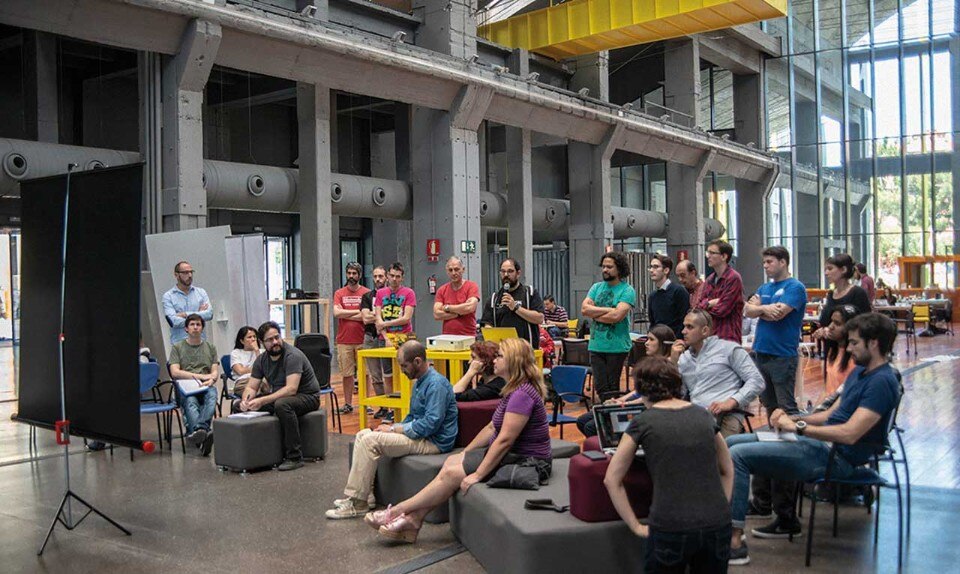
“The vegetable gardens of Madrid”: this could be a theme for the transformation of the city. Glass houses where vegetables are produced could take over Madrid, specially the incomplete developments…
We’re already lucky to have the extraordinary dynamism of the Madrid gastronomic industry to help us implement this project. The gastronomic industry is interested in a different kind of agricultural production. Some restaurants have their own vegetable gardens. The ingredients are actually on the premises, diners can see them. We believe in the growth of urban agriculture as one of the drivers of a new economy.
Is any of these dreams, at least partly, already a reality?
Yes. We’ve created the Farmers’ Market, which draws farmers from within a 60km radius every three weeks, and we are creating a dense network of urban gardens. These are the first tangible components of the dream. A dream of solidarity, participation and creativity in cities.
Manuela Carmena (1944) is a Spanish politician, writer and lawyer. Emeritus judge of the Supreme Court of Spain, after being a candidate with the Ahora Madrid list, she was elected mayor of the Spanish capital on 13 June 2015.
This interview was originally published in Domus 1035 May 2019
Errata: the photo of Madrid Vallecas is by Ricardo Espinosa and not, as indicated in the printed article, by Javier Arpa.
Opening photo: El Campo de la Cebada, Madrid


